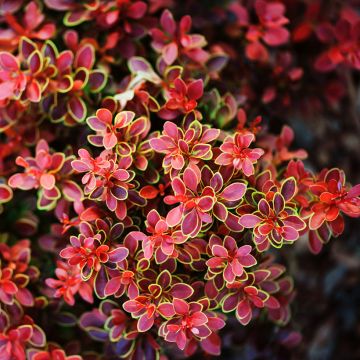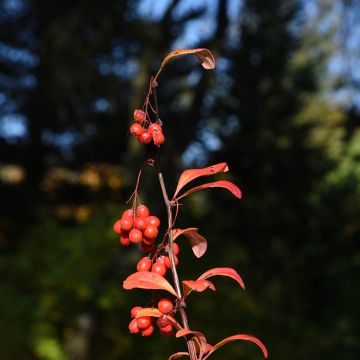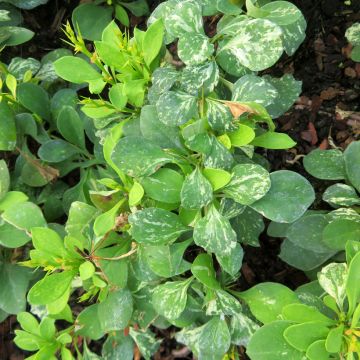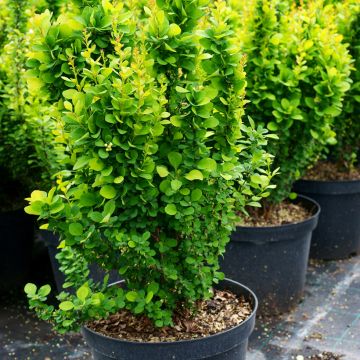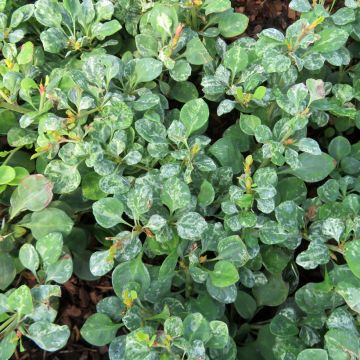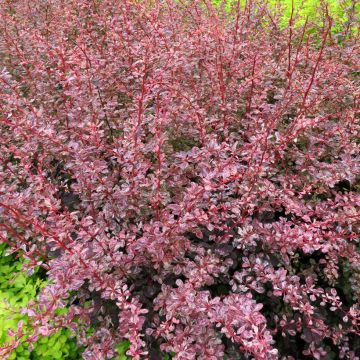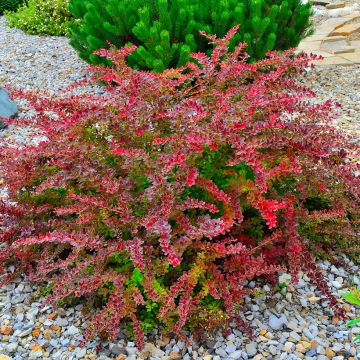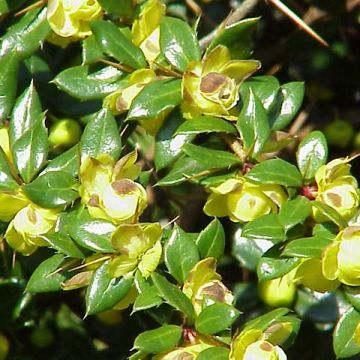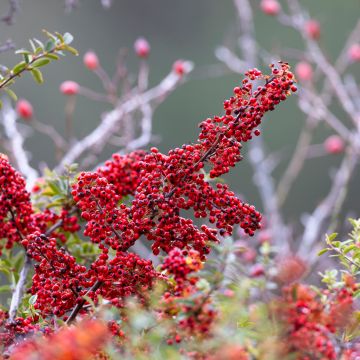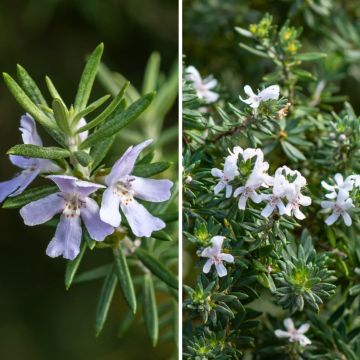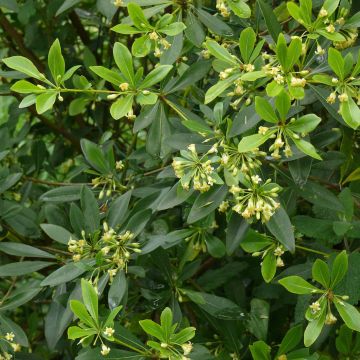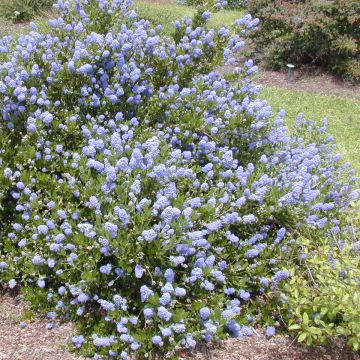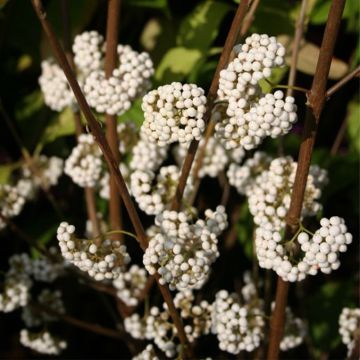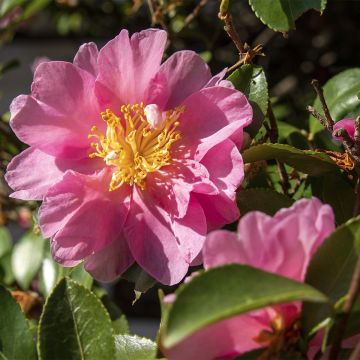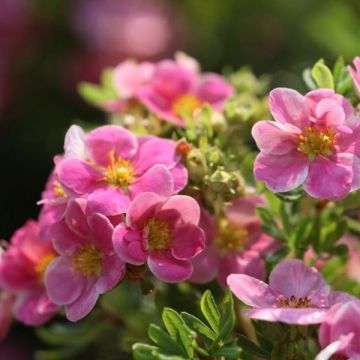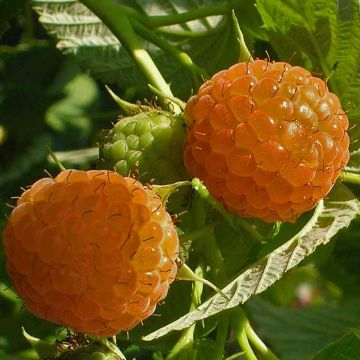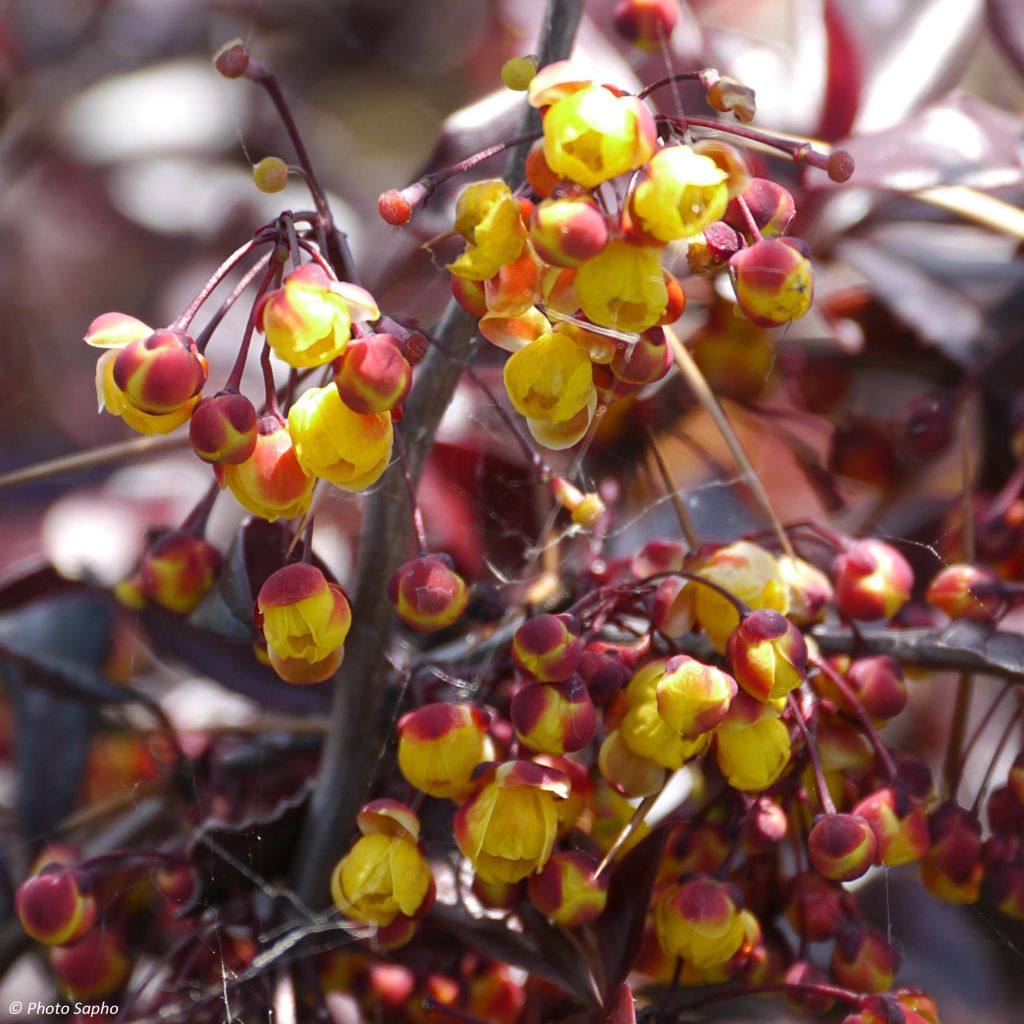

Berberis thunbergii Thunderbolt


Berberis thunbergii Thunderbolt
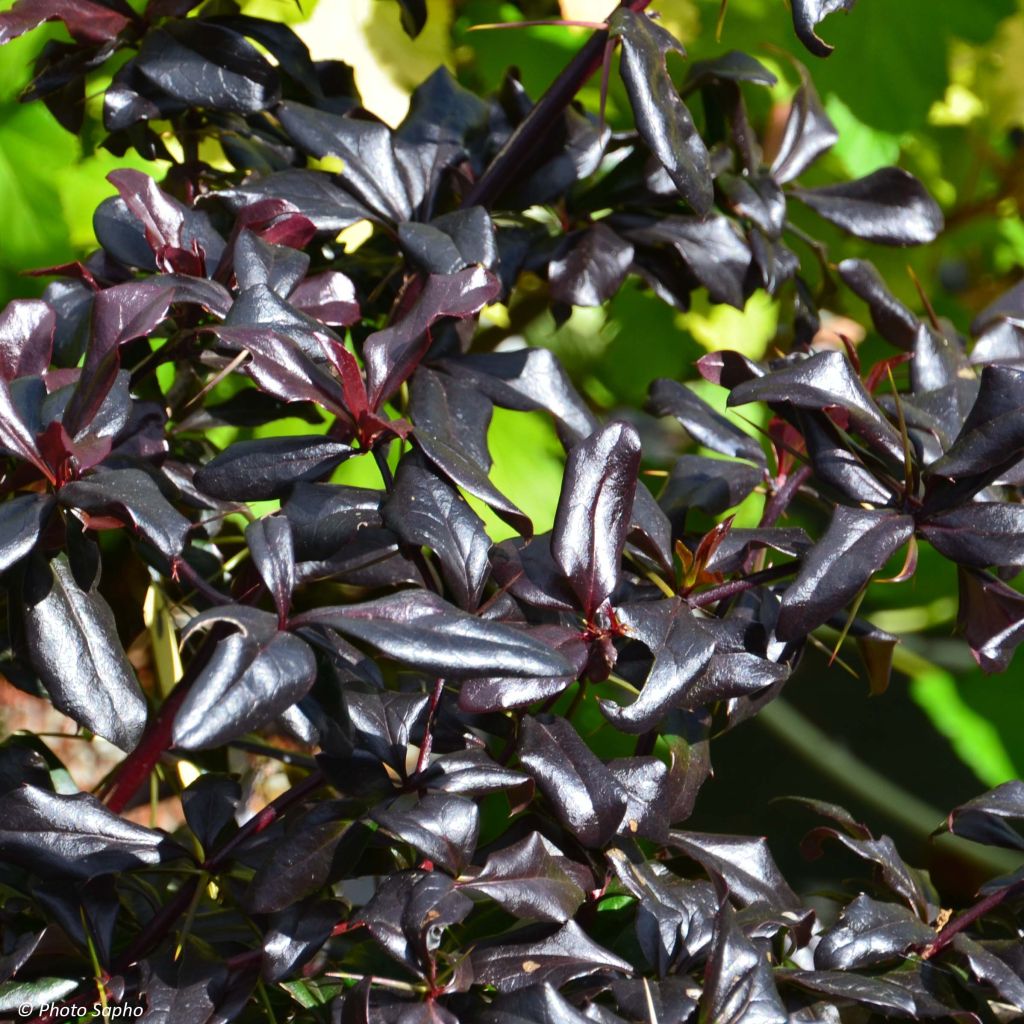

Berberis thunbergii Thunderbolt
Berberis thunbergii Thunderbolt
Berberis x thunbergii Thunderbolt®
Japanese Barberry
Having arrived a little worse for wear from the journey, a peaceful stay in a cool, frost-free environment will restore it before it finds its designated spot in the garden.
Sabine, 30/11/2020
Special offer!
Receive a €20 voucher for any order over €90 (excluding delivery costs, credit notes, and plastic-free options)!
1- Add your favorite plants to your cart.
2- Once you have reached €90, confirm your order (you can even choose the delivery date!).
3- As soon as your order is shipped, you will receive an email containing your voucher code, valid for 3 months (90 days).
Your voucher is unique and can only be used once, for any order with a minimum value of €20, excluding delivery costs.
Can be combined with other current offers, non-divisible and non-refundable.
Home or relay delivery (depending on size and destination)
Schedule delivery date,
and select date in basket
This plant carries a 24 months recovery warranty
More information
We guarantee the quality of our plants for a full growing cycle, and will replace at our expense any plant that fails to recover under normal climatic and planting conditions.
Would this plant suit my garden?
Set up your Plantfit profile →
Description
Berberis Thunderbolt is a variety of Japanese barberry that is quite interesting for its small size and character, which is ornamental throughout the year. Unlike typical purple barberries, the bush retains much of its dark reddish-brown foliage in winter. This unusual colour, among the darkest that can be observed in these plants, beautifully highlights its small yellow flowers in spring, and then its purple berries later in the season. It has a low and dense growth habit, particularly suitable for small spaces and container gardening. Plant it in a small hedge, in a shrub border, along a grand pathway... It brings structure and colour to the garden in all seasons.
The Berberis thunbergii, also known as Japanese barberry, is a shrub of the berberidaceae family native to Japan. It is characterized by a bushy, spreading, and low habit, spiny branches, and deciduous foliage, nearly evergreen in mild climates.
The cultivar 'Thunderbolt' ('R7A27'), selected in 2015 by INRA, has a dense and rounded habit and does not exceed 90cm (35.4in) in all directions. The plum colour branches are semi-erect and bear mildly aggressive thorns. The foliage is the main asset of this barberry. It consists of glossy leaves, larger than those of other varieties, measuring 3 to 4cm (1.2 - 1.6in) long, with an obovate shape (ovate, with the upper part of the leaf wider than the lower part). At bud break, they are a purple colour, and as they mature, they darken until they become almost brown and shiny. In May-June, numerous clusters of 1 to 6 small flowers bloom on 1-year-old stems. The 1cm (0.4in) long, bell-shaped flowers are a soft yellow streaked with red. They are very nectar-rich and followed in September-October by small spherical purple fruits, 6 to 8mm (0.2 - 0.3in) in size, which persist on the branches for part of the winter. The foliage will remain completely evergreen in mild winters. In colder winters, about 75% of the leaves remain on the branches.
The Thunderbolt barberry is a very adaptable shrub in terms of soil and tolerates pruning very well. It prefers sunny exposures. Its magnificent evergreen foliage forms a dazzling contrast with light-coloured foliage in grey or silver, yellow or apple green, and white, pink, or bright blue flowers. Place it in front of larger shrubs with pink flowers (Kolkwitzia, Abelia, Abeliophyllum distichum Roseum), red flowers (Japanese quince, roses, Weigelas), or even yellow to orange flowers (Kerria japonica, Genista Lena Orange, Lonicera Dropmore Scarlett). It can also be paired with shrubby Artemisias and dwarf willows (Salix lanata, Salix purpurea Nana). This shrub also thrives when grown in a large container, to adorn the terrace or balcony.
Report an error about the product description
Berberis thunbergii Thunderbolt in pictures
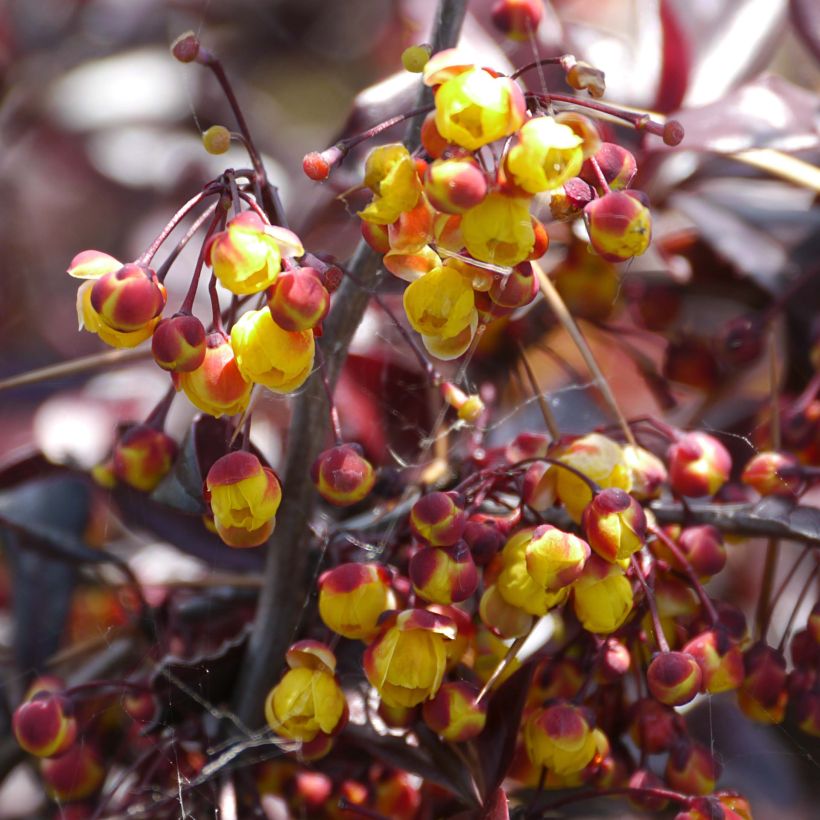

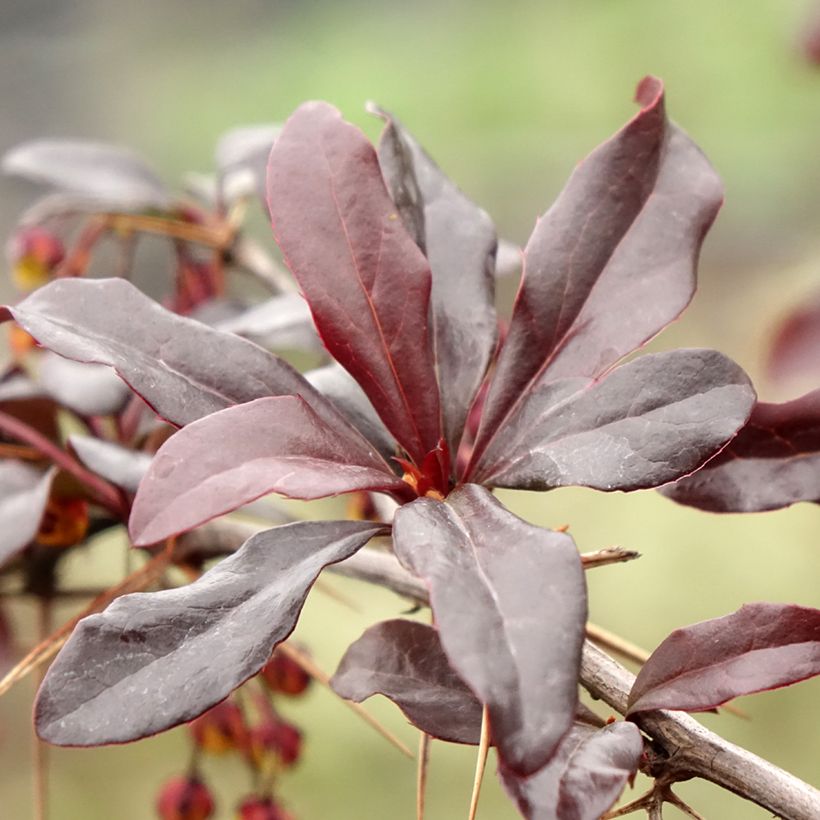

Plant habit
Flowering
Foliage
Botanical data
Berberis
x thunbergii
Thunderbolt®
Berberidaceae
Japanese Barberry
Cultivar or hybrid
Other Berberis - Barberries
View all →Planting and care
Thunderbolt Berberis thrives in full sun or partial shade, with colours being more intense in the sun. It is a plant that tolerates relative drought well (except in the hottest regions) and harsh winters. Plant it in any type of soil as long as it is well-drained. The planting hole must be twice the size of the root ball. Space the Berberis about 80cm (31.5in) apart. Add compost and water well. It is a bush that tolerates pruning very well. From June to August, after flowering, cut back the spent branches to the level of the young lateral shoots to encourage the growth of new branches. Be careful not to touch the branches with bare hands as they have thorns that are difficult to remove once they penetrate the skin. The Thunberg Berberis can be susceptible to powdery mildew and black leaf spots. Aphids can also invade it.
Planting period
Intended location
Care
-
, onOrder confirmed
Reply from on Promesse de fleurs
Similar products
Haven't found what you were looking for?
Hardiness is the lowest winter temperature a plant can endure without suffering serious damage or even dying. However, hardiness is affected by location (a sheltered area, such as a patio), protection (winter cover) and soil type (hardiness is improved by well-drained soil).

Photo Sharing Terms & Conditions
In order to encourage gardeners to interact and share their experiences, Promesse de fleurs offers various media enabling content to be uploaded onto its Site - in particular via the ‘Photo sharing’ module.
The User agrees to refrain from:
- Posting any content that is illegal, prejudicial, insulting, racist, inciteful to hatred, revisionist, contrary to public decency, that infringes on privacy or on the privacy rights of third parties, in particular the publicity rights of persons and goods, intellectual property rights, or the right to privacy.
- Submitting content on behalf of a third party;
- Impersonate the identity of a third party and/or publish any personal information about a third party;
In general, the User undertakes to refrain from any unethical behaviour.
All Content (in particular text, comments, files, images, photos, videos, creative works, etc.), which may be subject to property or intellectual property rights, image or other private rights, shall remain the property of the User, subject to the limited rights granted by the terms of the licence granted by Promesse de fleurs as stated below. Users are at liberty to publish or not to publish such Content on the Site, notably via the ‘Photo Sharing’ facility, and accept that this Content shall be made public and freely accessible, notably on the Internet.
Users further acknowledge, undertake to have ,and guarantee that they hold all necessary rights and permissions to publish such material on the Site, in particular with regard to the legislation in force pertaining to any privacy, property, intellectual property, image, or contractual rights, or rights of any other nature. By publishing such Content on the Site, Users acknowledge accepting full liability as publishers of the Content within the meaning of the law, and grant Promesse de fleurs, free of charge, an inclusive, worldwide licence for the said Content for the entire duration of its publication, including all reproduction, representation, up/downloading, displaying, performing, transmission, and storage rights.
Users also grant permission for their name to be linked to the Content and accept that this link may not always be made available.
By engaging in posting material, Users consent to their Content becoming automatically accessible on the Internet, in particular on other sites and/or blogs and/or web pages of the Promesse de fleurs site, including in particular social pages and the Promesse de fleurs catalogue.
Users may secure the removal of entrusted content free of charge by issuing a simple request via our contact form.
The flowering period indicated on our website applies to countries and regions located in USDA zone 8 (France, the United Kingdom, Ireland, the Netherlands, etc.)
It will vary according to where you live:
- In zones 9 to 10 (Italy, Spain, Greece, etc.), flowering will occur about 2 to 4 weeks earlier.
- In zones 6 to 7 (Germany, Poland, Slovenia, and lower mountainous regions), flowering will be delayed by 2 to 3 weeks.
- In zone 5 (Central Europe, Scandinavia), blooming will be delayed by 3 to 5 weeks.
In temperate climates, pruning of spring-flowering shrubs (forsythia, spireas, etc.) should be done just after flowering.
Pruning of summer-flowering shrubs (Indian Lilac, Perovskia, etc.) can be done in winter or spring.
In cold regions as well as with frost-sensitive plants, avoid pruning too early when severe frosts may still occur.
The planting period indicated on our website applies to countries and regions located in USDA zone 8 (France, United Kingdom, Ireland, Netherlands).
It will vary according to where you live:
- In Mediterranean zones (Marseille, Madrid, Milan, etc.), autumn and winter are the best planting periods.
- In continental zones (Strasbourg, Munich, Vienna, etc.), delay planting by 2 to 3 weeks in spring and bring it forward by 2 to 4 weeks in autumn.
- In mountainous regions (the Alps, Pyrenees, Carpathians, etc.), it is best to plant in late spring (May-June) or late summer (August-September).
The harvesting period indicated on our website applies to countries and regions in USDA zone 8 (France, England, Ireland, the Netherlands).
In colder areas (Scandinavia, Poland, Austria...) fruit and vegetable harvests are likely to be delayed by 3-4 weeks.
In warmer areas (Italy, Spain, Greece, etc.), harvesting will probably take place earlier, depending on weather conditions.
The sowing periods indicated on our website apply to countries and regions within USDA Zone 8 (France, UK, Ireland, Netherlands).
In colder areas (Scandinavia, Poland, Austria...), delay any outdoor sowing by 3-4 weeks, or sow under glass.
In warmer climes (Italy, Spain, Greece, etc.), bring outdoor sowing forward by a few weeks.






























